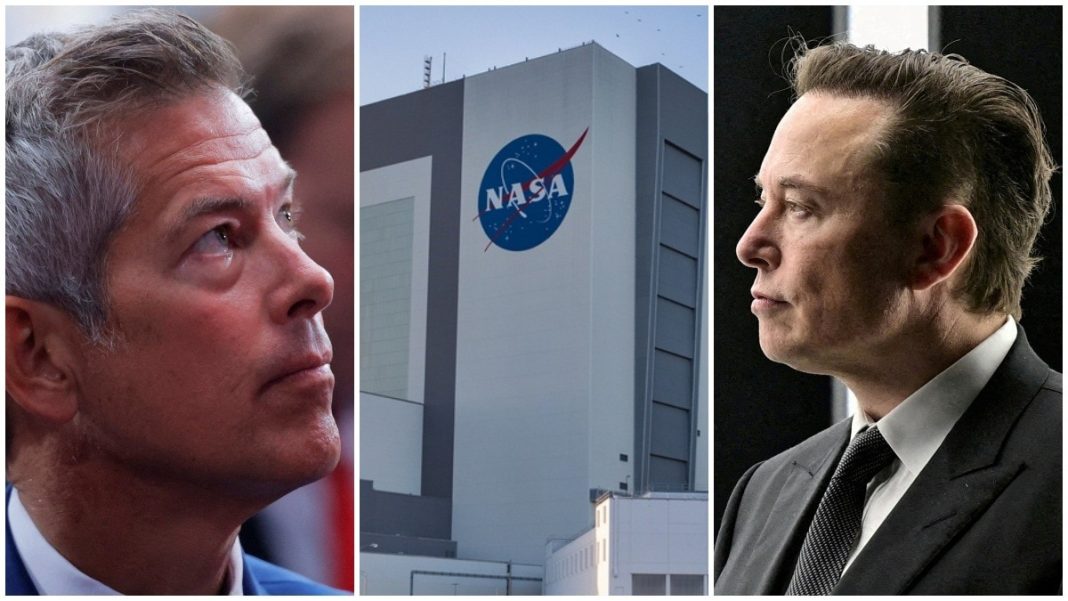Key Takeaways
- Elon Musk and NASA’s Sean Duffy clash over NASA’s potential move to Department of Transportation
- Artemis III Moon mission delays spark public feud between SpaceX and NASA leadership
- Restructuring could eliminate 5,000 NASA jobs and cancel 41 scientific missions
- US-China Moon race driving major policy shifts in American space program
The public feud between Elon Musk and Acting NASA Administrator Sean Duffy has escalated into a major policy battle that could reshape America’s space future. At stake is a controversial plan to integrate key NASA functions into the Department of Transportation, a move that analysts warn could transform the space agency from an exploration leader into a logistics-focused organization.
The Personal Clash Goes Public
The conflict reached boiling point when Duffy, who also serves as Transportation Secretary, publicly stated that Musk’s SpaceX was “behind schedule” on the critical Artemis III project – America’s mission to return astronauts to the Moon. Musk fired back on social media, calling Duffy “Sean Dummy” and demanding his removal, while accusing the former Republican congressman of knowing “literally ZERO about rockets.”
This public spat reflects deeper regulatory tensions dating back to 2025, when Duffy opposed Musk’s proposals to cut FAA staffing during his tenure at the Department of Government Efficiency. Duffy’s appointment to the dual role after the withdrawal of Musk-backed nominee Jared Isaacman cemented perceptions of a political move to curb Musk’s influence.
Why Move NASA to Transportation?
The proposed realignment addresses a critical challenge: the commercial space launch boom is overwhelming the National Airspace System. With commercial launches and reentries increasing rapidly, the FAA has struggled to keep pace, with necessary technology upgrades delayed until 2032.
Executive Order 14335, “Enabling Competition in the Commercial Space Industry,” mandates that the DOT Secretary streamline licensing and environmental reviews. Placing NASA under DOT would ensure the agency responsible for launch safety has direct control, forcing the exploration agency to adhere to transportation schedules and regulations.
The High Cost of Lunar Dominance
While the integration supports America’s aggressive goal to beat China back to the Moon by 2028, it comes with severe institutional costs. The administration’s budget strategy reportedly circumvents Congress to halt dozens of scientific programs, threatening NASA’s scientific foundation.
Budget documents confirm funds are being refocused solely on the lunar race, potentially eliminating 5,000 NASA positions and cancelling 41 missions – including major scientific assets like the Chandra X-ray Observatory.
Analysts warn that sacrificing foundational science for short-term geopolitical wins risks eroding the technological ecosystem needed for long-term space leadership. The DOT consolidation represents a structural necessity for commercial space maturity, but fundamentally redefines NASA’s role in American space exploration.




